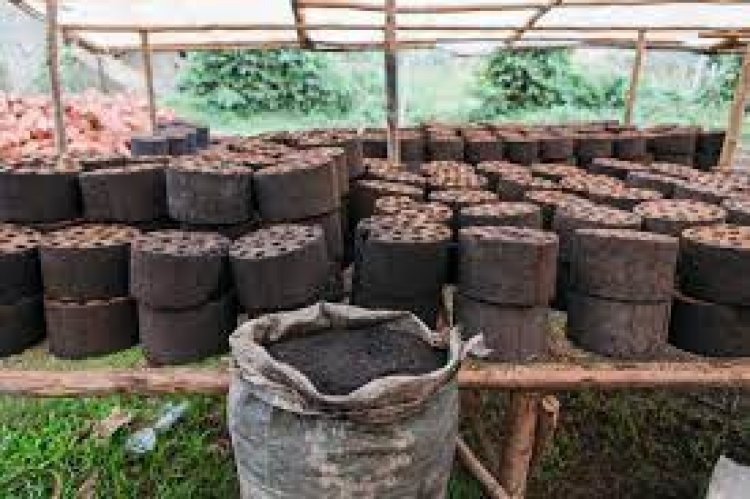NWSC, IRC, and Water for All in partnership to turn faecal sludge into fuel briquettes, conserve the environment

National Water and Sewerage Corporation (NWSC) has moved to extend its partnership with US-based NGO, Water for People, and also bring on board the IRC to support water sanitation and hygiene services, drive change, enhance research, develop new tools and approaches to planning and develop and deliver resilient WASH systems in an alliance.
The partnership implementation will witness the establishment of a faecal treatment plant that will process faecal sludge regarded as a hazardous material into finished cooking briquettes which according the water experts will be used to replace the wooden charcoal briquettes hence reducing pressure onto the forests in search for charcoal consequently conserving the environment.
They say that also the charcoal briquettes from faecal matter have a long lifespan which lasts for six to eight hours as opposed to ordinary briquettes that burn for three hours.
During the meeting f the partners at the NWSC Head Offices in Nakasero, Kampala, NWSC Managing Director, Dr Eng. Silver Mugisha told them that NWSC has established enough capacity to have project designs done in-house to reduce the costs of contracting consultants, citing successful projects in Sembabule and Kapeeka while appreciating the meaningful synergies NWSC and Water for People are taking advantage of.
“Water for People is a partner inspired by our purpose and their strategy intersects ours in very many ways. There should be persistent innovation to meet the ever-changing standards as far as water production is concerned and faecal sludge management” he said

The partners commended NWSC for the management of hazardous waste especially at Lubigi whereas, Water for People has since streamlined its structure to boost the market for briquettes (in above picture), with the organization hiring a dedicated Managing Director and a Salesperson to that effect.
Among the resolution that the partnership meeting had includes: signing a memorandum of understanding to renew the partnership, Kamwenge to get small safelight reservoirs while optimizing rationing schedules, Alliance to set up different committees at the district level to foresee the works, Water for People to increase demand for briquettes to meet the available supply of faecal sludge from NWSC, NWSC to incorporate provisions for Gulping technology at the different plants, for instance, Nalukolongo and Kajansi, the Pallisa plant to start benchmarking from Lubigi to improve efficiency and, the MOU and partnership should contribute to key government documents such as the NRM manifesto, NWSC Corporate Plan and the Local Government Development Plan among others
According to National Forestry Authority, Uganda has continued to lose its natural forest cover currently estimated at 8%. The forest cover was 9% in 2015 and declined from 11% in 2011. The forest cover was estimated at 24% in 1990 and this reduced from 45% of the land cover about a century ago.












